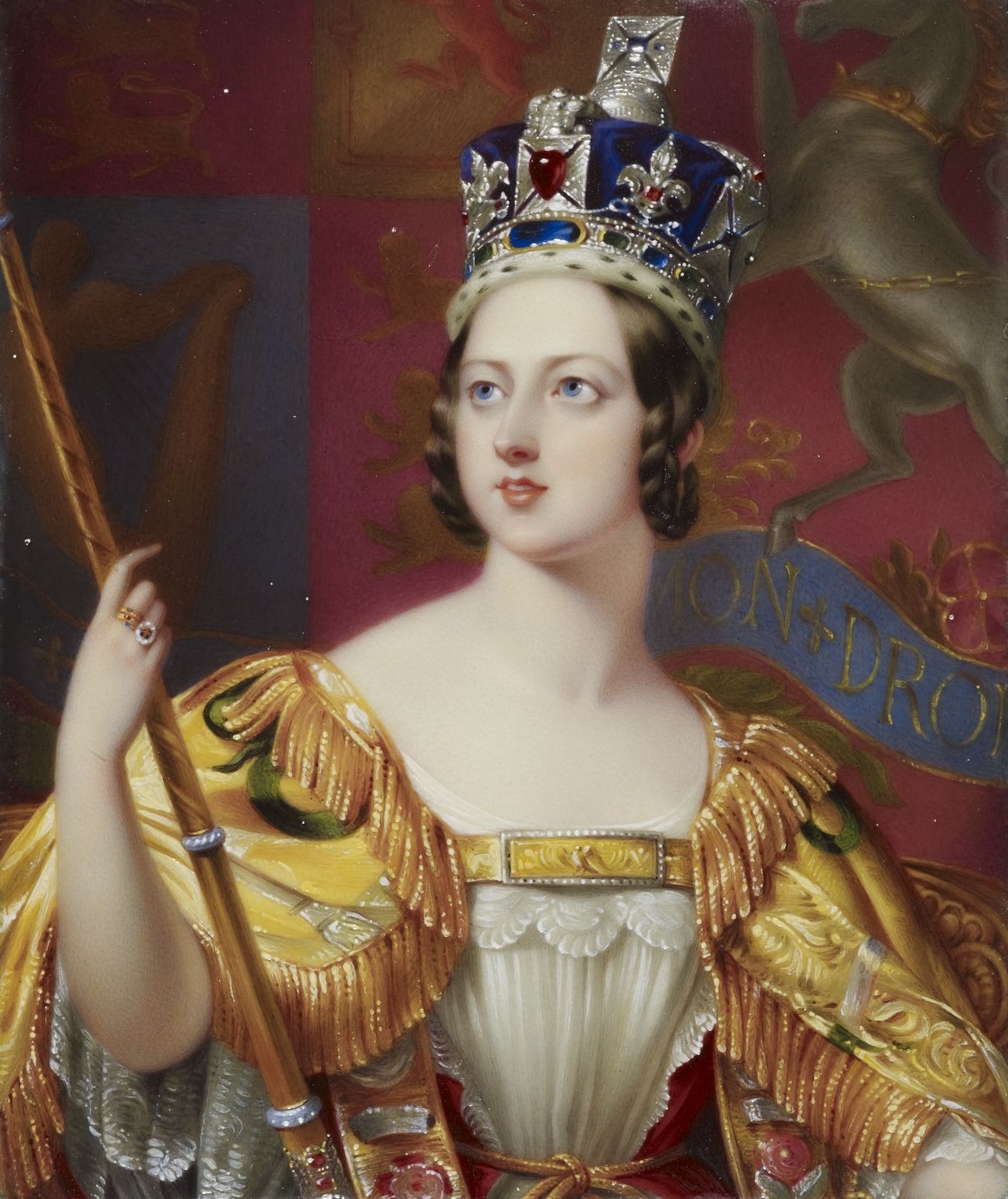|
Francesco Ardissone
Francesco Ardissone (8 September 1837 – 4 April 1910) was an Italian algologist and botanist. Works * Enumerazione delle alghe di Sicilia. F Ardissone, 1864 * Le Floridee Italiche descritte ed illustrate. F Ardissone, 1874 * Enumerazione Delle Alghe Di Liguria. F Ardissone, 1877 * Phycologia mediterranea. F Ardissone, 1883 References External links * 1837 births 1910 deaths Phycologists 19th-century Italian botanists 20th-century Italian botanists {{Italy-botanist-stub ... [...More Info...] [...Related Items...] OR: [Wikipedia] [Google] [Baidu] |
Francesco Ardissone, Ante 1910 - Accademia Delle Scienze Di Torino 0102 B
Francesco, the Italian (and original) version of the personal name "Francis", is the most common given name among males in Italy. Notable persons with that name include: People with the given name Francesco * Francesco I (other), several people * Francesco Barbaro (other), several people * Francesco Bernardi (other), several people * Francesco di Giorgio Martini (1439-1501), Italian architect, engineer and painter * Francesco Berni (1497–1536), Italian writer * Francesco Canova da Milano (1497–1543), Italian lutenist and composer * Francesco Primaticcio (1504–1570), Italian painter, architect, and sculptor * Francesco Albani (1578–1660), Italian painter * Francesco Borromini (1599–1667), Swiss sculptor and architect * Francesco Cavalli (1602–1676), Italian composer * Francesco Maria Grimaldi (1618–1663), Italian mathematician and physicist * Francesco Bianchini (1662–1729), Italian philosopher and scientist * Francesco Galli Bibiena ... [...More Info...] [...Related Items...] OR: [Wikipedia] [Google] [Baidu] |
1837 Births
Events January–March * January 1 – The destructive Galilee earthquake causes 6,000–7,000 casualties in Ottoman Syria. * January 26 – Michigan becomes the 26th state admitted to the United States. * February – Charles Dickens's '' Oliver Twist'' begins publication in serial form in London. * February 4 – Seminoles attack Fort Foster in Florida. * February 25 – In Philadelphia, the Institute for Colored Youth (ICY) is founded, as the first institution for the higher education of black people in the United States. * March 1 – The Congregation of Holy Cross is formed in Le Mans, France, by the signing of the Fundamental Act of Union, which legally joins the Auxiliary Priests of Blessed Basil Moreau, CSC, and the Brothers of St. Joseph (founded by Jacques-François Dujarié) into one religious association. * March 4 ** Martin Van Buren is sworn in as the eighth President of the United States. ** The city of Chicago is incorporated. April–June * ... [...More Info...] [...Related Items...] OR: [Wikipedia] [Google] [Baidu] |
1910 Deaths
Year 191 ( CXCI) was a common year starting on Friday (link will display the full calendar) of the Julian calendar. At the time, it was known as the Year of the Consulship of Apronianus and Bradua (or, less frequently, year 944 ''Ab urbe condita''). The denomination 191 for this year has been used since the early medieval period, when the Anno Domini calendar era became the prevalent method in Europe for naming years. Events By place Parthia * King Vologases IV of Parthia dies after a 44-year reign, and is succeeded by his son Vologases V. China * A coalition of Chinese warlords from the east of Hangu Pass launches a punitive campaign against the warlord Dong Zhuo, who seized control of the central government in 189, and held the figurehead Emperor Xian hostage. After suffering some defeats against the coalition forces, Dong Zhuo forcefully relocates the imperial capital from Luoyang to Chang'an. Before leaving, Dong Zhuo orders his troops to loot the tombs of the Ha ... [...More Info...] [...Related Items...] OR: [Wikipedia] [Google] [Baidu] |
Phycologists
Phycology () is the scientific study of algae. Also known as algology, phycology is a branch of life science. Algae are important as primary producers in aquatic ecosystems. Most algae are eukaryotic, photosynthetic organisms that live in a wet environment. They are distinguished from the higher plants by a lack of true roots, stems or leaves. They do not produce flowers. Many species are single-celled and microscopic (including phytoplankton and other microalgae); many others are multicellular to one degree or another, some of these growing to large size (for example, seaweeds such as kelp and '' Sargassum''). Phycology includes the study of prokaryotic forms known as blue-green algae or cyanobacteria. A number of microscopic algae also occur as symbionts in lichens. Phycologists typically focus on either freshwater or ocean algae, and further within those areas, either diatoms or soft algae. History of phycology While both the ancient Greeks and Romans knew ... [...More Info...] [...Related Items...] OR: [Wikipedia] [Google] [Baidu] |
19th-century Italian Botanists
The 19th (nineteenth) century began on 1 January 1801 ( MDCCCI), and ended on 31 December 1900 ( MCM). The 19th century was the ninth century of the 2nd millennium. The 19th century was characterized by vast social upheaval. Slavery was abolished in much of Europe and the Americas. The First Industrial Revolution, though it began in the late 18th century, expanding beyond its British homeland for the first time during this century, particularly remaking the economies and societies of the Low Countries, the Rhineland, Northern Italy, and the Northeastern United States. A few decades later, the Second Industrial Revolution led to ever more massive urbanization and much higher levels of productivity, profit, and prosperity, a pattern that continued into the 20th century. The Islamic gunpowder empires fell into decline and European imperialism brought much of South Asia, Southeast Asia, and almost all of Africa under colonial rule. It was also marked by the collapse of the la ... [...More Info...] [...Related Items...] OR: [Wikipedia] [Google] [Baidu] |



